Newsroom
The latest news about Kore.ai
FEATURED
Kore.ai Selected as Launch Partner for Microsoft Agent 365 to Accelerate Enterprise AI Adoption
Read more

Thank you! Your submission has been received!
Oops! Something went wrong while submitting the form.
Thank you! Your submission has been received!
Oops! Something went wrong while submitting the form.
Kore.ai named a leader in Gartner® Magic Quadrant™ for Conversational AI Platforms
Kore.ai, a global leader in enterprise AI, today announced it has been named a Leader in the Gartner Magic Quadrant for Conversational AI Platforms, 2025
Press Release
Kore.ai announces the availability of its AI for Work, AI for Process, and AI for Service in the new AWS Marketplace AI Agents and Tools category
Kore.ai, a global leader in enterprise AI technology, today announced the availability of its AI for Work, AI for Process and AI for Service in the new AI Agents and Tools category of AWS Marketplace.
Press Release
Kore.ai announces strategic collaboration agreement with AWS to accelerate enterprise AI adoption
Press Release
Don’t see what you’re looking for?
Get in touch now and we'll help you out.
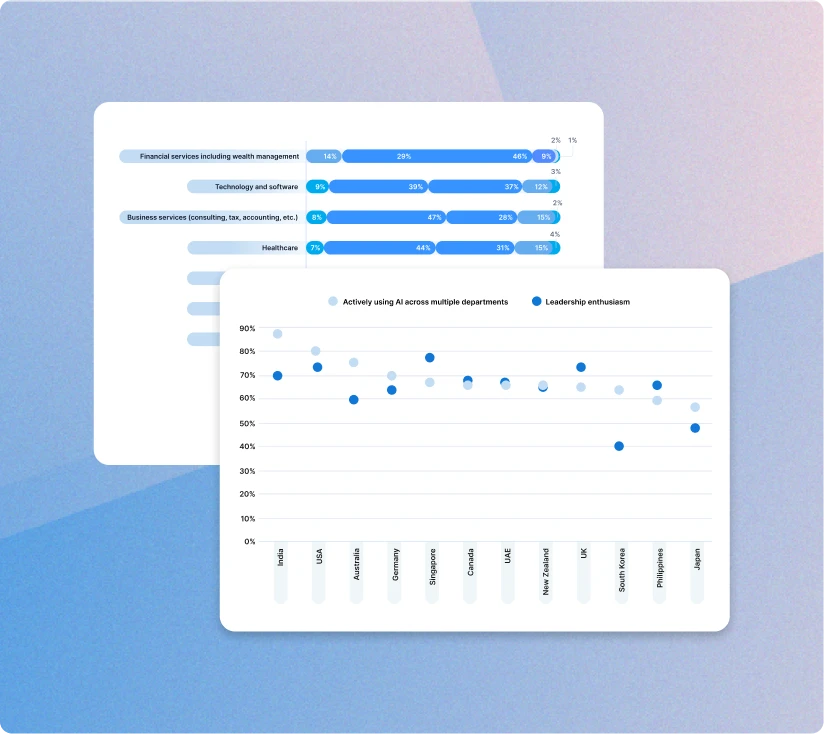


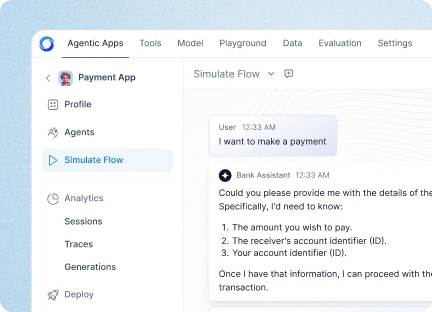

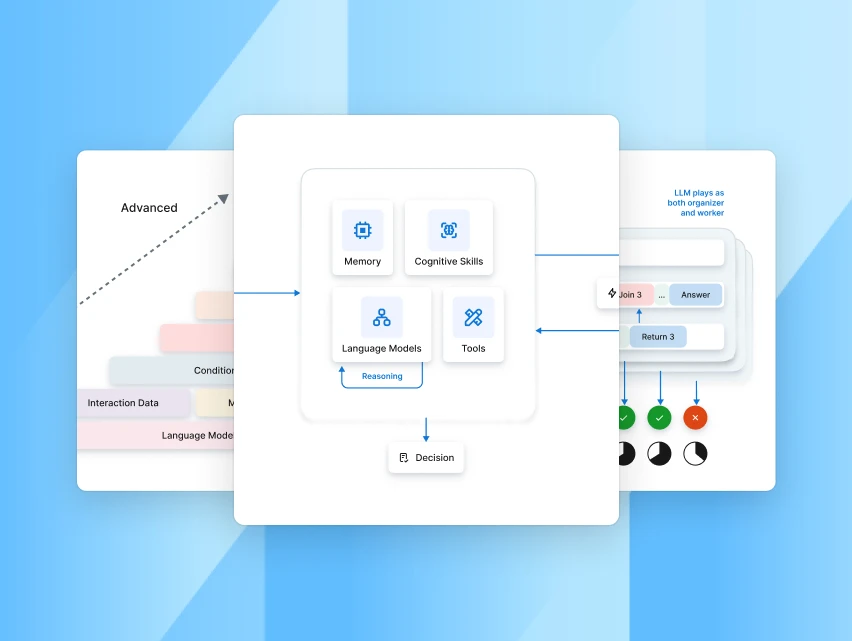

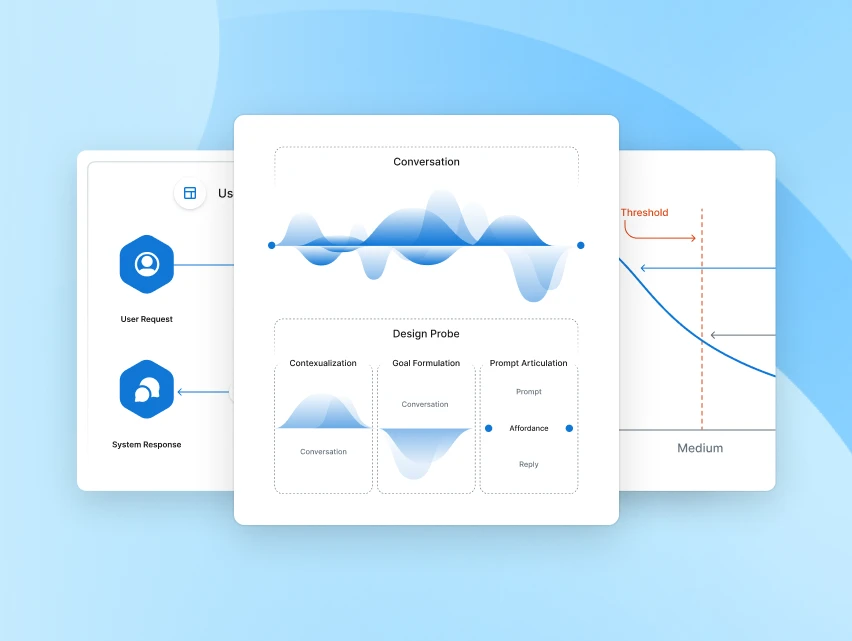
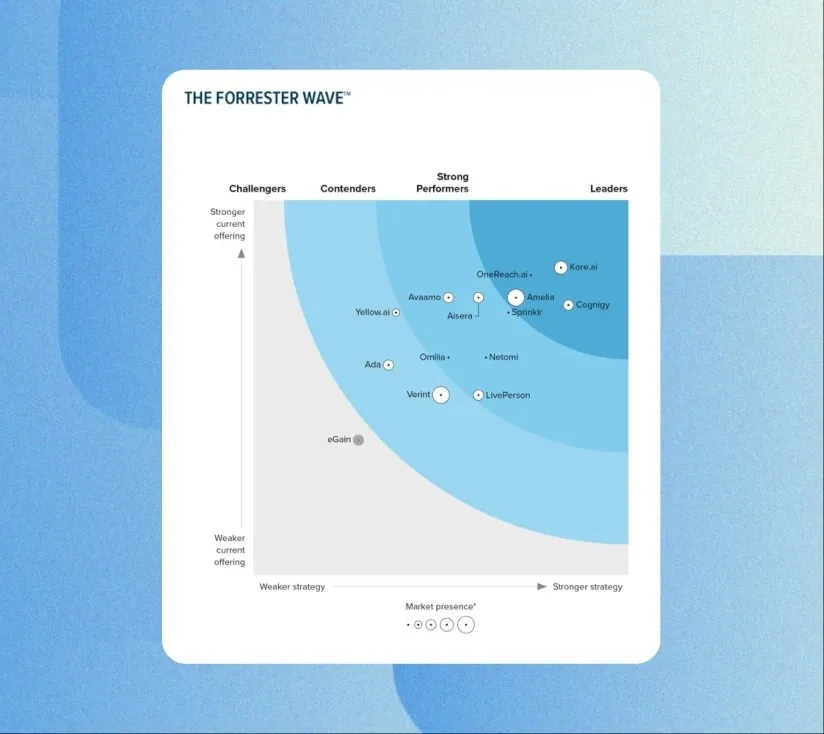


.webp)












.avif)